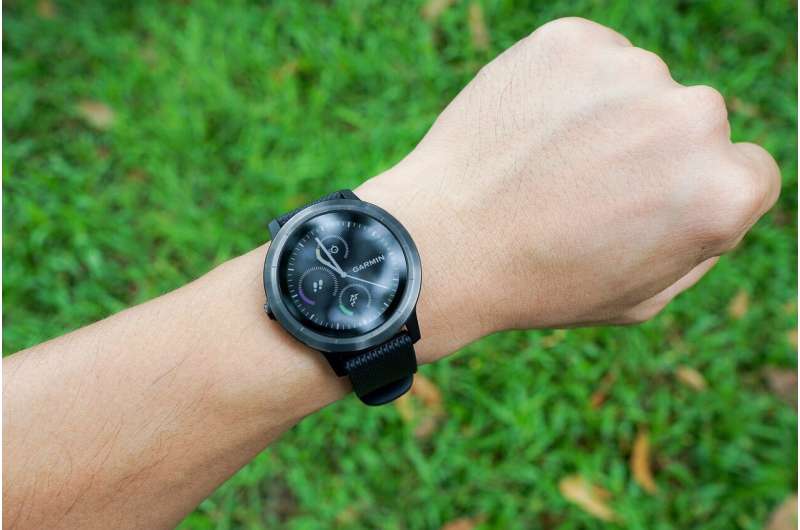Innovative Approach: Turning Fitness Tools into Personal Motivators to Enhance Exercise Engagement

Discover how anthropomorphizing fitness equipment can boost motivation and engagement in exercise routines, offering innovative solutions to combat physical inactivity.
A recent study published in the Journal of Marketing introduces a novel strategy to address declining physical activity levels by anthropomorphizing fitness equipment. Led by researchers Lili Wang from Zhejiang University and Maferima Touré-Tillery from Northwestern University, this research explores how attributing human-like traits to workout devices can significantly boost motivation and adherence to exercise routines.
The study, titled "Cardio with Mr. Treadmill: How Anthropomorphizing the Means of Goal Pursuit Increases Motivation," investigates the psychological effects of perceiving fitness tools as friendly companions rather than mere objects. Wang explains that imagining one's treadmill or jump rope as a workout buddy reduces feelings of loneliness and increases confidence in achieving fitness goals.
Experimentally, participants interacted with fitness equipment presented either as standard devices or as anthropomorphized partners. For instance, a jump rope was introduced with a friendly greeting, "Hello! I am your workout partner," encouraging users to visualize their treadmill as a cheerful character. These simple yet impactful modifications led to higher motivation levels and greater engagement during exercise.
Touré-Tillery emphasizes that such anthropomorphic features foster a sense of companionship, making workouts more enjoyable and less burdensome, thereby transforming solitary efforts into collaborative experiences.
For marketers and consumers, integrating human-like features—such as avatars, encouraging messages, or interactive interfaces—into fitness technology can be highly effective. Touré-Tillery advises positioning these tools as supportive partners rather than taskmasters to promote feelings of encouragement without pressure. Consumers can also seek out equipment with friendly, human-like elements to maintain long-term motivation.
Beyond fitness, the research suggests potential applications in education and personal development, where tools designed as collaborative partners can enhance engagement and success across various goal-oriented tasks. However, it is crucial to apply anthropomorphism thoughtfully, as over-reliance or improper use can diminish the perceived value or enjoyment, especially when real human support is available.
This innovative approach offers a promising avenue to combat global health challenges associated with physical inactivity and economic burdens by inspiring healthier lifestyles through creative and engaging fitness interactions.
Source: https://medicalxpress.com/news/2025-06-tools-teammates-boost.html
Stay Updated with Mia's Feed
Get the latest health & wellness insights delivered straight to your inbox.
Related Articles
Weekend Warrior Exercise Routines Help Lower Mortality Risk in People with Diabetes
A new study reveals that 'weekend warrior' exercise routines can significantly reduce the risk of early death and heart disease in individuals with diabetes, highlighting the benefits of flexible physical activity patterns.
Reintroduction of the Presidential Fitness Test in U.S. Schools
The U.S. reintroduces the Presidential Fitness Test to promote physical activity and healthy lifestyles among students, emphasizing athletic competition and wellness. The program aims to combat childhood obesity and foster lifelong healthy habits.
Using Wearable Fitness Trackers Significantly Boosts Workout Adherence: Insights from Recent Research
Recent research shows that wearable fitness devices significantly increase long-term workout adherence, especially when combined with remote coaching, aiding effective health management for conditions like type 2 diabetes.
Do Compression Tights and Tops Enhance Exercise Performance and Recovery?
Learn whether compression tights and tops truly enhance exercise performance and aid recovery, supported by scientific research and expert insights.



